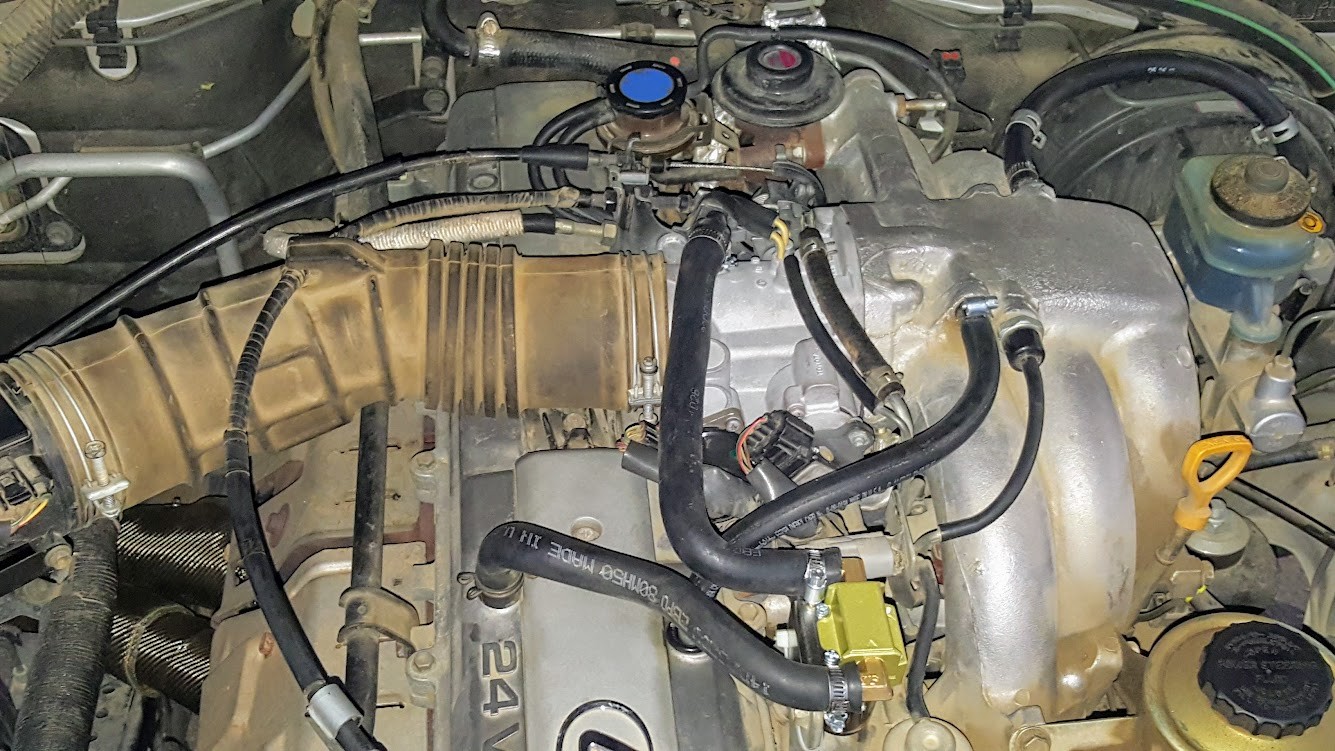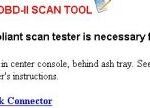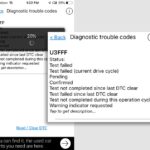The legendary 80 Series Toyota Land Cruiser is known for its off-road prowess and durability, but not necessarily its fuel economy. With gas prices soaring, getting the most miles per gallon from your 4.5L 1FZ-FE engine is more critical than ever. This article explores how to improve fuel economy in an OBD2-equipped 80 Series Land Cruiser by leveraging data and making targeted modifications.
Improving fuel economy in an 80 series Land Cruiser, particularly one equipped with the OBD2 system, can be a rewarding endeavor. Utilizing an OBD2 scanner provides valuable insights into real-time engine data, allowing for precise adjustments and monitoring of progress. Here’s a breakdown of strategies used to increase MPG in a 1997 LX450 with 4.88 gears and 37″ tires, resulting in a speedometer reading slightly higher than actual speed. The initial fuel economy was around 10 MPG.
Optimizing the Basics for Fuel Efficiency
The foundation of improved fuel economy lies in addressing fundamental maintenance and driving habits. Airing up tires to the recommended PSI minimizes rolling resistance. Smooth, gradual acceleration and utilizing “cruiser control” (consistent speed) whenever possible maximizes efficiency. Removing unnecessary weight also contributes to fuel savings. These initial steps, along with utilizing an UltraGauge to monitor engine performance, yielded a modest increase to 11.5 MPG.
Addressing Vacuum Leaks for Improved Combustion
Vacuum leaks in the intake manifold disrupt the air-fuel mixture, leading to reduced efficiency. Replacing aging vacuum hoses, including the brake booster hose, significantly improved braking performance and fuel economy. Addressing the PCV valve by plugging it and adding an inline oil catcher rerouted crankcase fumes, ensuring they were still drawn into the manifold without causing a significant vacuum leak. This modification, aimed at optimizing vacuum pressure for better fuel vaporization, resulted in an approximate 1 MPG gain, boosting the average to 12.5 MPG.
Utilizing Exhaust Heat Blankets for Optimal O2 Sensor Performance
Exhaust heat wraps installed on the exhaust manifold, focusing on the front catalytic converter’s oxygen sensor, aim to accelerate the sensor’s heating process. A warmer O2 sensor operates more efficiently, contributing to a leaner fuel mixture and improved fuel economy, especially during short commutes. The addition of these heat blankets resulted in another 1 MPG increase, bringing the total to 13.5 MPG. They also offered the added benefit of reducing under-hood temperatures.
Further Modifications for Potential Gains
While not directly impacting fuel economy in this instance, installing an EGR test plug kit from HuddExpo helped manage under-hood temperatures, potentially contributing to long-term engine health and preventing issues like head gasket failures. Replacing the spark plugs with hotter-burning Pulstar Plasma Spark Plugs offered a marginal improvement in fuel efficiency.
Conclusion
Improving the fuel economy of an 80 Series Toyota Land Cruiser requires a multifaceted approach. By combining data from an OBD2 scanner with strategic modifications and mindful driving habits, significant gains can be achieved. While individual results may vary, this case study demonstrates that incremental improvements can add up to substantial fuel savings. Addressing vacuum leaks, optimizing O2 sensor performance with heat blankets, and maintaining basic vehicle upkeep all contribute to a more efficient and enjoyable driving experience. Continuously monitoring data through the OBD2 system allows for fine-tuning and further optimization of fuel consumption.



